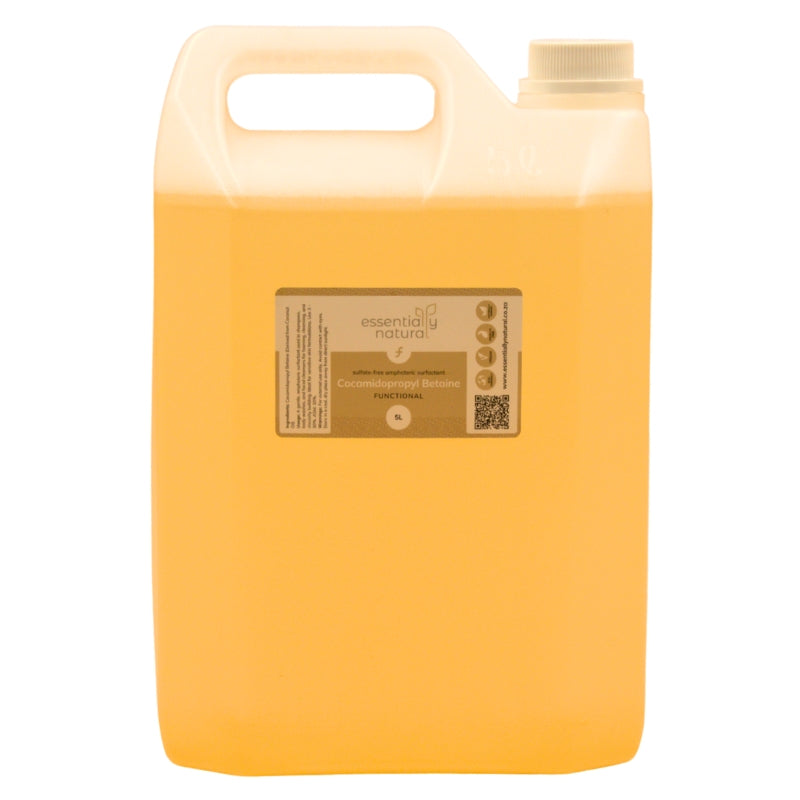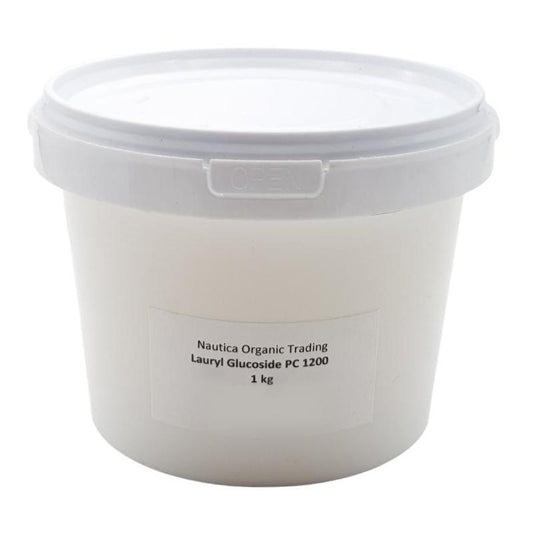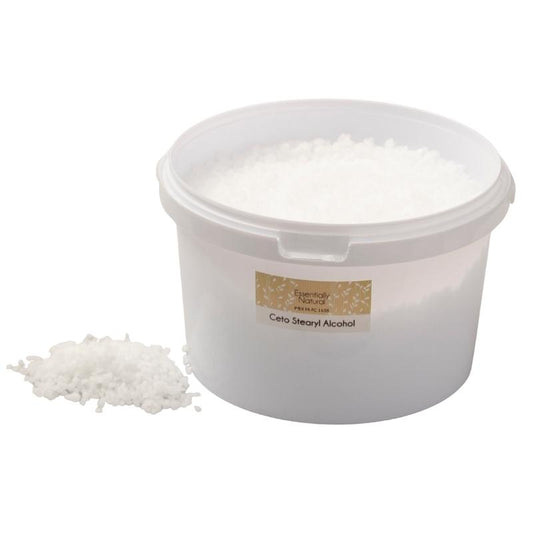
Working With Cocamidopropyl Betaine
Juliette van der MeerCocamidopropyl betaine is my favourite surfactant. I'm a huge fan of formulating for sensitive skin and when it comes to cleansers that can be stripping, you want to choose the right surfactant to prevent that. Cocamidopropyl betaine is the perfect gentle and non-stripping surfactant.
If you don't know what surfactants are please read A Beginner's Guide To Surfactants and also The Surfactant Series.
Properties
Cocamidopropyl betaine or CAPB for short, is part of the betaine family of surfactants. Betaines are amphoteric, meaning they can be both positively or negatively charged. When used in an acidic environment such as in skin or hair products (which are almost always formulated to have a pH of 5.5 or below), CAPB has cationic and conditioning properties. This is perfect for the skin and hair!
CABP comes as a clear to yellowish liquid. It has an ASM (amount of active matter) of 30% which is a lot milder than most surfactants. It works well with all surfactants and increases their mildness and foaming abilities.
CAPB can also thicken anionic surfactants to a degree.
CAPB is suitable for children and babies, and is great for anyone with sensitive or dry skin.
pH
CAPB has a pH of around 5 to 6 so is already fairly gentle, but you can lower the pH further to around 4.5 - 5.5 which is perfect for skin and hair.
Solubility
CAPB is naturally water soluble, but being a surfactant it has emulsifying properties and can therefore blend with oils too. It will create a milky colour if blended with oils.
Keep in mind that it is possible to overwhelm a surfactant if you add too much oil, so keep your oil content at around 5% or below or your surfactant won't foam and clean as well as it should.
Products That Contain Contain Cocamidopropyl Betaine
You will find CAPB predominantly in cleansers: facial cleansers, body washes, shampoos, etc.
It is most commonly used as a secondary surfactant, backing up another primary surfactant. But I quite like using it on its own as well because it's so gentle.
What Works And Doesn't Work With CAPB
CAPB is a pretty robust surfactant and not a lot gets in its way! It works well in a range of pH values and you can use almost any ingredient with it.
Feel free to incorporate your favourite actives, whether oil or water soluble.
You can use oil or water based ingredients with it, just keeping in mind not to overwhelm it with oils.
Formulas With Cocamidopropyl Betaine
This simple, ultra gentle face wash is rich in hydrating glycerine, and also contains a small amount of oil for additional nourishment. It won't make your skin feel stripped or tight, but rather soft and hydrated. The formula creates a lovely soft and low-lather creamy gel cleanser. Give it a try if you have dry and/or sensitive skin (or any skin type really!).
See the DIY below as a video:






























1 comment
Helpful